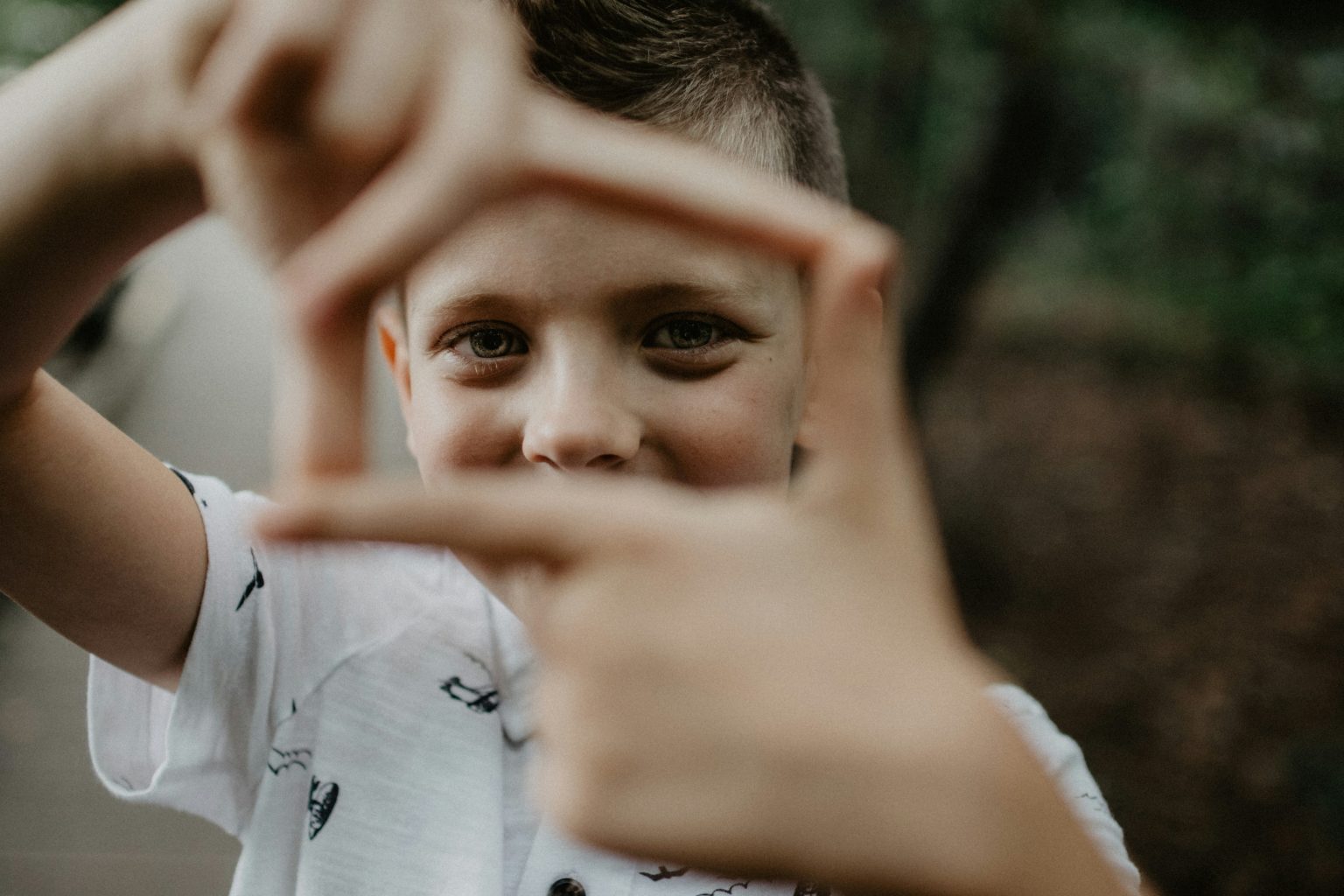Today, social media is part of our daily lives. Many parents share life moments with their children online. Yet, this habit is not without danger.
The practice of sharenting – posting photos and information about your children online – brings several concerns. Security, privacy, and psychological consequences: the risks are real. Let’s explore why you should avoid posting photos of your children on social media.
What is sharenting?
Sharenting is a portmanteau of “share” and “parenting.” It refers to the trend of parents sharing photos, videos, and information about their children on social media.
This practice is very common. According to a study by the University of Michigan, more than 50% of parents regularly post photos of their children online. However, few are aware of the long-term consequences: 27% have shared photos considered inappropriate.
A breach of the child’s privacy
Every post contributes to creating a digital footprint. Yet, a child cannot give informed consent.
According to a report by the Children’s Commissioner for England, a child will have an average of 1,300 photos of themselves published online before the age of 13. This early exposure can cause issues later in life, particularly in professional or social contexts.
💡 Our tip: Before posting a photo, ask yourself whether your child would be comfortable with it as an adult.
Risks of identity theft
Personal information often accompanies children’s photos (sometimes unintentionally). A first name, a location, or a school uniform can be enough for a malicious person to collect data.
A study by Cybersecurity Ventures predicts that by 2030, two-thirds of identity theft cases will involve minors whose data was exposed by their own parents.
💡 Our tip: Avoid posting identifiable information about your child.

Images misused for malicious purposes
Even innocent photos can be exploited. In 2022, an Interpol investigation revealed that 50% of images found on child exploitation sites originated from photos posted by parents themselves.
Even with a private account, it’s easy for someone to capture and share an image elsewhere. A simple screenshot is enough.
💡 Our tip: Think carefully before posting a photo and limit visibility to a trusted circle. Joomeo makes this easy! 😉
Psychological consequences for children
As they grow, some children discover photos of themselves online with embarrassment. They may face teasing at school or feel betrayed by their parents.
A study by Microsoft Research found that 42% of teenagers feel embarrassed or angry when they see images of themselves posted without consent.
💡 Our tip: Always ask your child’s opinion before posting a photo, especially if they are old enough to understand.
Legislation is evolving
In France, image rights protect minors. A child can take legal action against their parents for violations of their privacy.
In 2023, a bill was introduced in the National Assembly to protect children against sharenting. Some countries, such as Germany, already enforce strict rules to safeguard minors.
💡 Our tip: Respect your child’s rights and think carefully before posting a photo.
How to protect your children online
To avoid the risks of sharenting, follow these best practices:
- Limit posting: Share only with trusted family and friends.
- Use private sharing: Cloud solutions like Joomeo let you share images while controlling who sees them.
- Blur faces: Use tools to mask your child’s identity.
- Check privacy settings: Restrict access to posts.
- Avoid sharing personal information: Don’t disclose names, locations, or schools.
- Ask your child’s opinion: Involve them once they’re old enough to understand.

Key takeaway
Sharenting is common but risky. Posting photos of your children can compromise their privacy, safety, and future wellbeing.
Before sharing an image, take a moment to reflect. Would your child be happy to see this photo online in 10 years? Be cautious! Protect the younger generation in a hyperconnected world.
For further reading
University of Michigan study on sharenting (2017): yardi.people.si.umich.edu
Children’s Commissioner for England Annual Report 2023-2024: childrenscommissioner.gov.uk
OPEN report on sharenting risks (2023): open-asso.org
“Digital Childhoods: a survey of children and parents” – Children’s Commissioner for England (2022): assets.childrenscommissioner.gov.uk
Article “(Re)defining sharenting” on couplesfamilles.be: couplesfamilles.be
Children’s Commissioner for England Annual Report 2022-2023: childrenscommissioner.gov.uk
